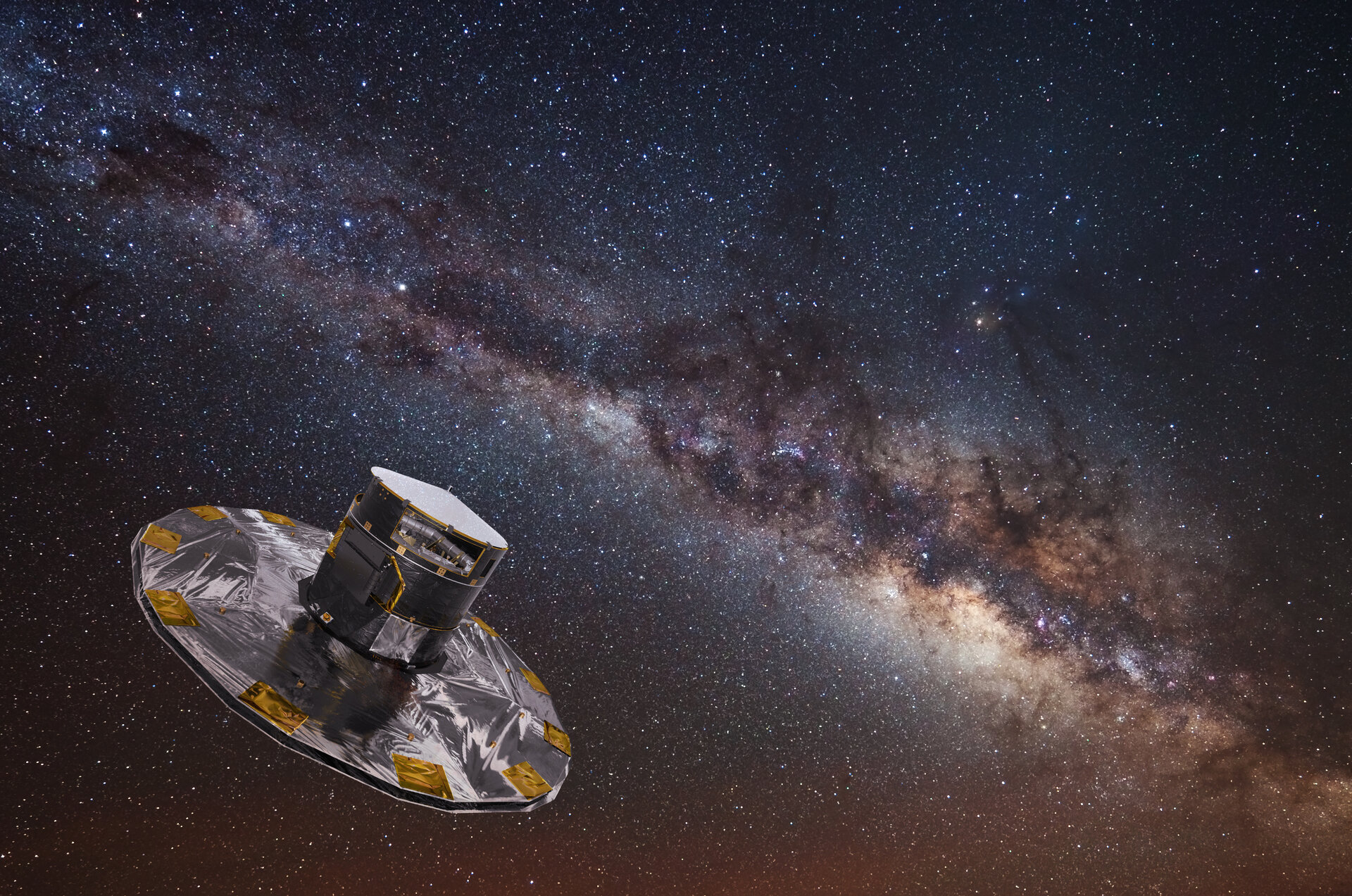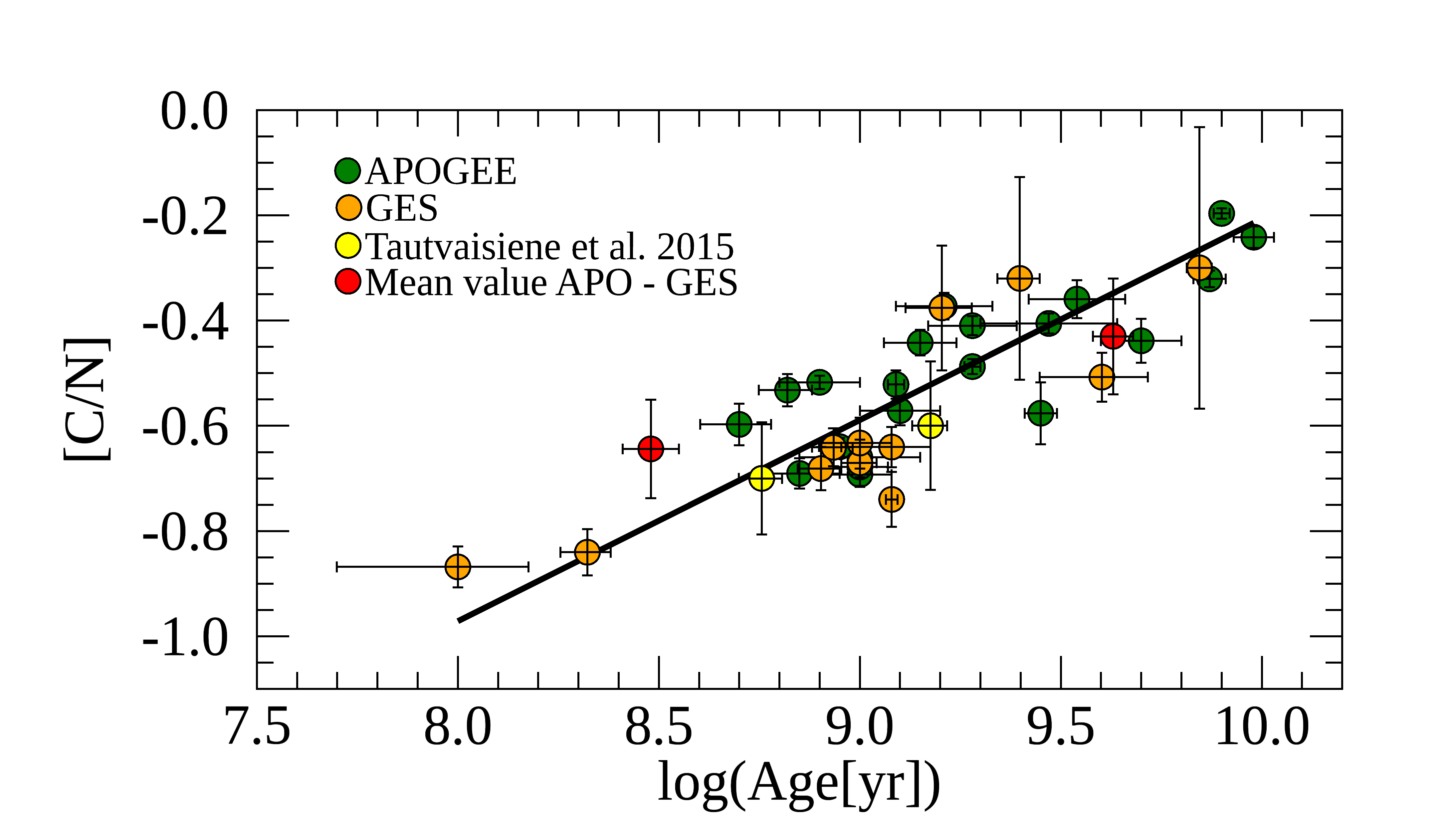Galactic archaeology
Like traditional archaeology, which studies the human history by investigating the remnants of past civilizations, Galactic archaeology traces the history of our Galaxy observing its stellar population. In fact, the chemical composition of the stellar atmospheres preserve the information of the gas from which stars formed. Our Galaxy is the best place where Galactic archaeology can be applied, since its stellar populations can be resolved. Moreover, stars of different ages can be studied in detail, obtaining for them, photometric, astrometric and spectroscopic data.

